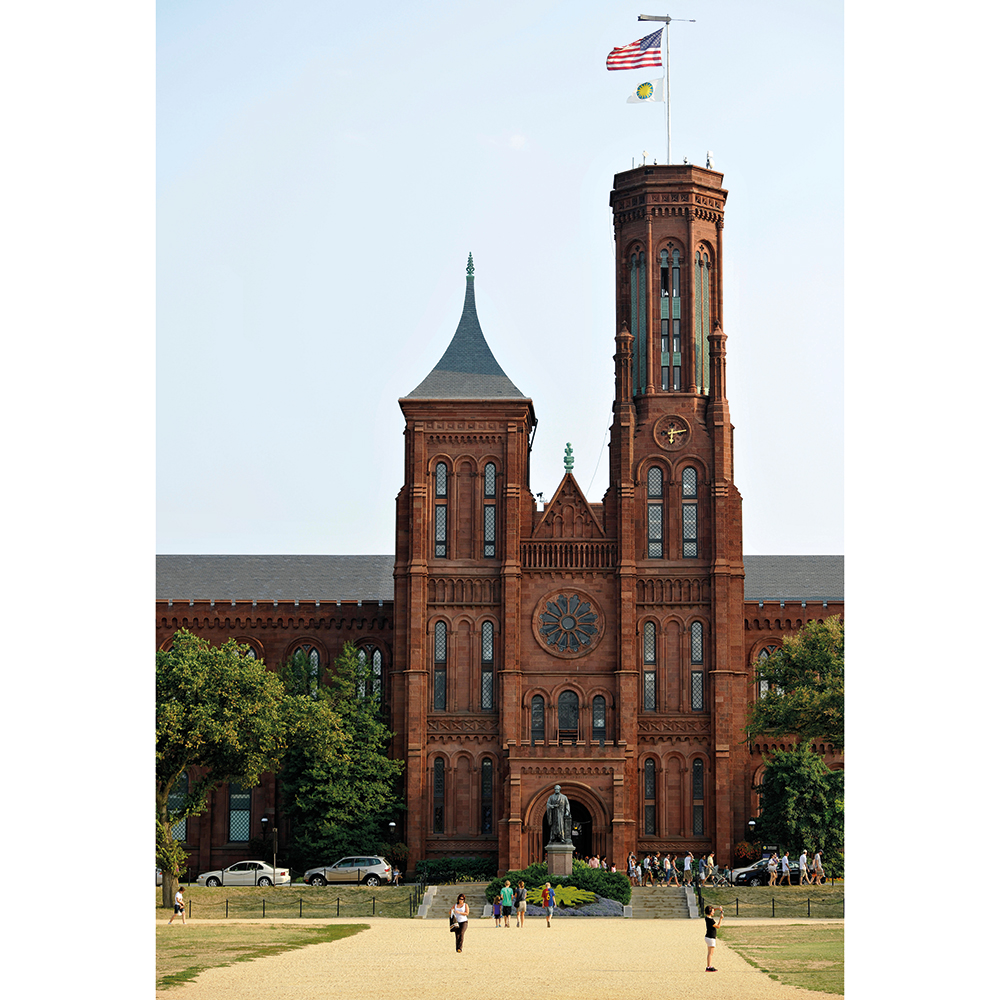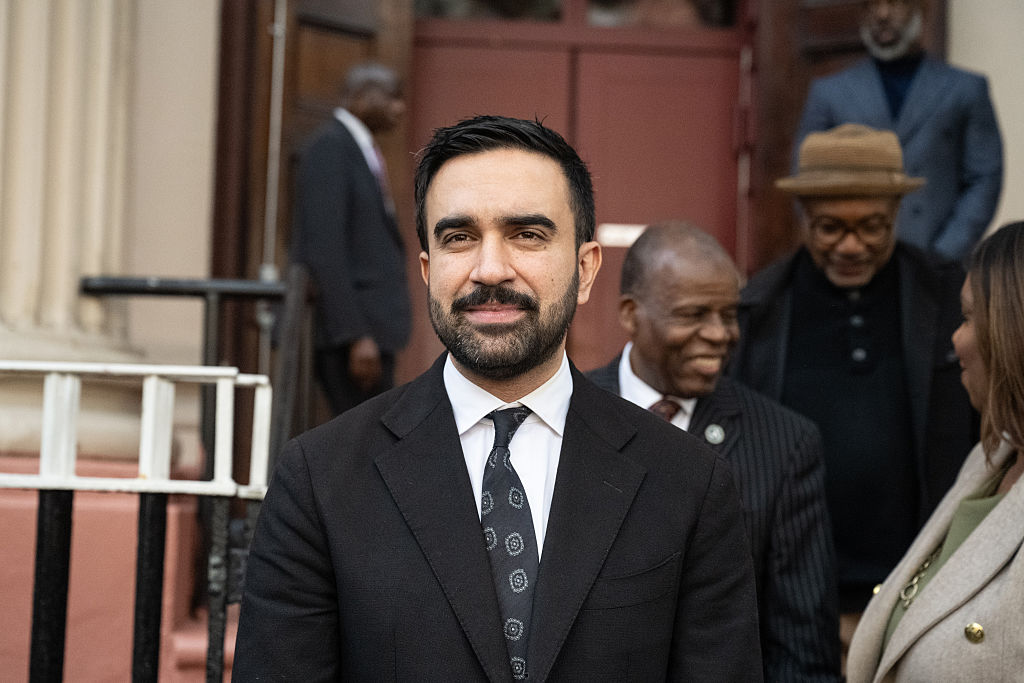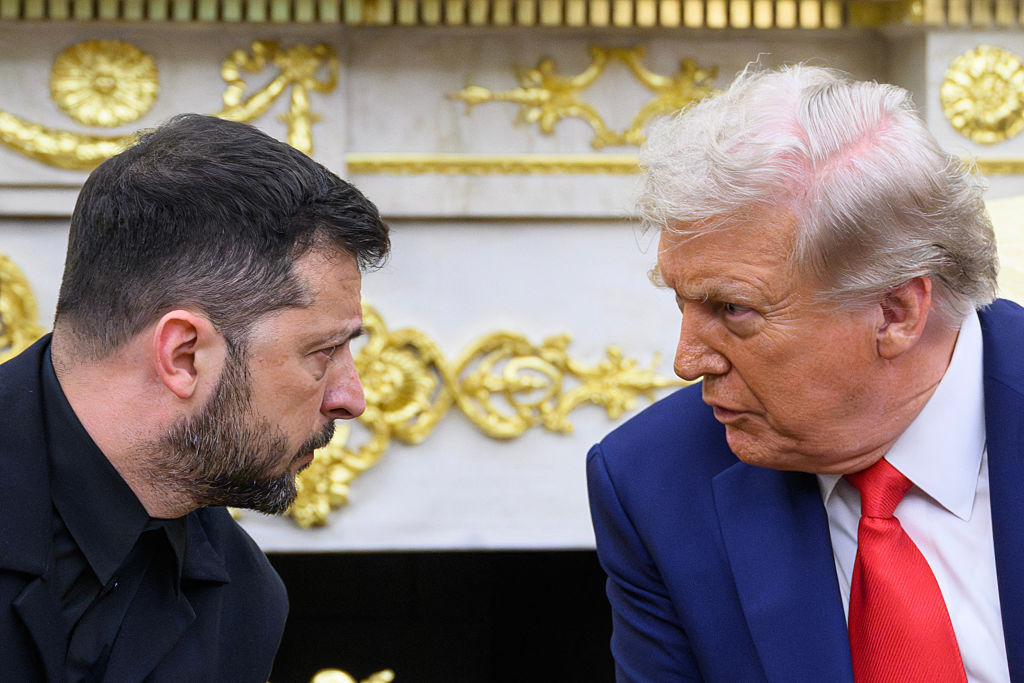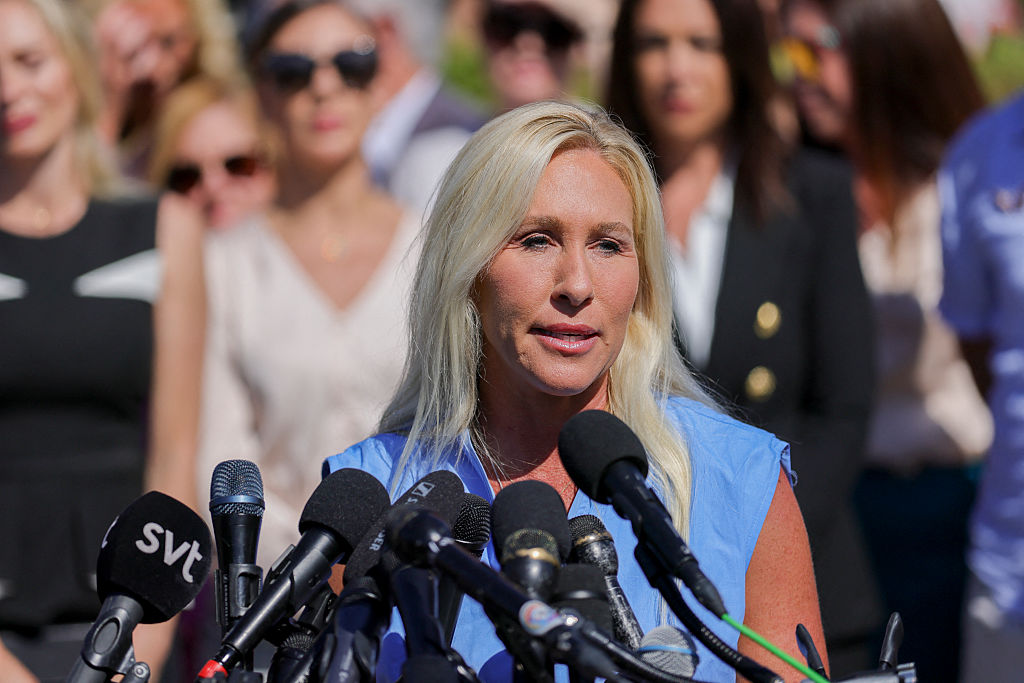The last time Republicans were this mad at the Smithsonian Institution was in 1991. Then as now, America’s national museum system was gearing up to celebrate a major date: in that case, the quincentenary of the discovery of the Americas by Christopher Columbus. Senators threatened spending cuts, accusing Smithsonian officials of having a “political agenda” with their representations of race and immigration in exhibitions. Thirty-four years later, on the eve of the semiquincentennial of the Declaration of Independence, Republicans are saying the same things.
Donald Trump reworded his predecessors’ criticisms in his own style, suggesting on Truth Social that the Smithsonian museums focus too much on the negative, too little on the positive. They are, he said:
the last remaining segment of “WOKE.” The Smithsonian is OUT OF CONTROL, where everything discussed is how horrible our Country is, how bad Slavery was, and how unaccomplished the downtrodden have been – Nothing about Success, nothing about Brightness, nothing about the Future… We have the “HOTTEST” Country in the World, and we want people to talk about it, including in our Museums.
The backlash was swift. Governor Gavin Newsom declared on X that Trump “is trying to ERASE slavery from US history.” Representative Eric Swalwell posted “Trump supports slavery.” But Trump’s Smithsonian blowup was a long time coming, and it has a lot to do with the National Museum of African American History and Culture, known by fans as the “Blacksonian.”
Hostilities began in March, when Trump signed Executive Order 14253, “Restoring Truth and Sanity to American History.” The order targeted the Blacksonian, the American Art Museum and the Smithsonian Institution more generally. Trump laid out a plan to “prohibit expenditure on exhibits or programs that degrade shared American values [or] divide Americans based on race.” Meanwhile, on the other side of the National Mall, the secretary of the Smithsonian, Lonnie Bunch III – an African-American history scholar who oversaw the opening of the Blacksonian in 2016 – is in the process of planning another race-based museum, the National Museum of the American Latino.
The curators’ political peacocking has long carried no risk. More than that, it has brought rewards
On August 12, administration officials, including the Office of Management and Budget Director Russell Vought, escalated matters. They instructed Bunch to “begin implementing content corrections… replacing divisive or ideologically driven language with unifying, historically accurate, and constructive” materials. Their letter imposed a 30-day timeline for turning over the documents requested by the White House team.
The letter was designed to force a public confrontation over Smithsonian exhibition content. Already the administration has publicized several “divisive” materials. In 2022, the National Portrait Gallery (NPG)’s choreographer-in-residence produced an interpretive dance inspired by a painting at the gallery titled “Refugees Crossing the Border Wall into South Texas,” which glorifies immigrants illegally entering the country. That same year, the American History Museum sought to undermine the Pilgrim “myth” and its place in the Founding.
And in 2020, the Blacksonian produced a document declaring “hard work,” “respect [for] authority,” “delayed gratification,” “rational linear thinking,” and other traits to be “aspects and assumptions of whiteness and White culture in the United States.” This bizarre document is cited in Executive Order 14253 and was removed from the Blacksonian website following public criticism. It reads (charitably) like the product of a niche academic subfield or (uncharitably) like a case for white supremacy.
The political exhibitionism of the curators seems, at first glance, irrational. The federal government provides 62 percent of the Smithsonian’s budget; the curators thus risk funding cuts and layoffs. But, seen from another angle, it’s perfectly rational.
Political exhibitionism in the Smithsonian is not directed at Trump or even the museum-going public. Rather, it is an expression of intra-group rivalry, of the kind seen in peacocks. Male peafowl have famously beautiful, impractical trains, something not attributable to natural selection. Instead, evolutionary biologists posit that peahens express a strong preference for ornament as an expression of fitness. The resultant sex selection leads to eye-catching birds that are poorly adapted to escape predators.
Finally, the government is stopping to ask whether Americans are interested in an Adam’s-appled Lady Liberty
The Smithsonian’s curators have evolved similarly. They compete with one another for jobs and prestige, and their field privileges political ornament over survivalism (to say nothing of creating genuinely interesting exhibitions). That’s why, for example, the NPG’s former director Kim Sajet criticized her own museum as focusing too much on “the wealthy, the pale and the male.” Trump tried to fire Sajet in May; she resigned soon after. In 2019, Bunch made a comparable display of politics. He announced that he wanted “the Smithsonian to legitimize important issues,” such as climate change and the New York Times’s racist revisionist 1619 Project.
This political peacocking has long carried no risk. More than that, it has brought rewards. When curators make an exhibition unpalatable to the public – for example, by including a painting of the Statue of Liberty as transgender, the way the NPG did this year – they signal to their peers their membership in an ideological wave; they position themselves on the avant-garde. It’s radical chic. Only now is the incentive structure finally shifting away from the academic in-group and toward the public. Finally, the government is stopping to ask whether the average American is interested in an Adam’s-appled Lady Liberty.
Such peacocking within the curatorial class should be unsurprising. For one, these academics are highly credentialed. Most have PhDs, and curators generally pass through a handful of elite programs. They tend to be geographically rootless, and, most obviously, they are non-military civil service employees, a caste that has been a Democratic constituency for decades. The ingredients – well-educated, cosmopolitan, blue-voting public employees – combine to create a political bubble.
Trump is right to pop it. Bursting such bubbles has become a favorite hobby of Republicans in recent years. In May 2023, for example, Governor Ron DeSantis signed a bill allowing parents in Florida to challenge the accessibility of books in school libraries on the grounds of sexual content. Critics cried fascism, but the move had a payoff. Highly sympathetic scenes emerged of parents being thrown out of school-board meetings for reading aloud obscenities from books available to their young children.
And who can forget the 2023 scenes of Ivy League presidents called before the House refusing to condemn anti-Semitism? Their use of academic creole alienated viewers and forced the resignation of multiple university presidents.
Trump’s feud with the Smithsonian is not impulsive. It is a well-planned offensive, designed to undermine an institution that he sees as disloyal to America – or to the administration – and beholden to the political and academic left. Democrats make a mistake by focusing on the rhetoric of the attack instead of addressing the real question: who curates the curators?
This article was originally published in The Spectator’s September 29, 2025 World edition.























Leave a Reply